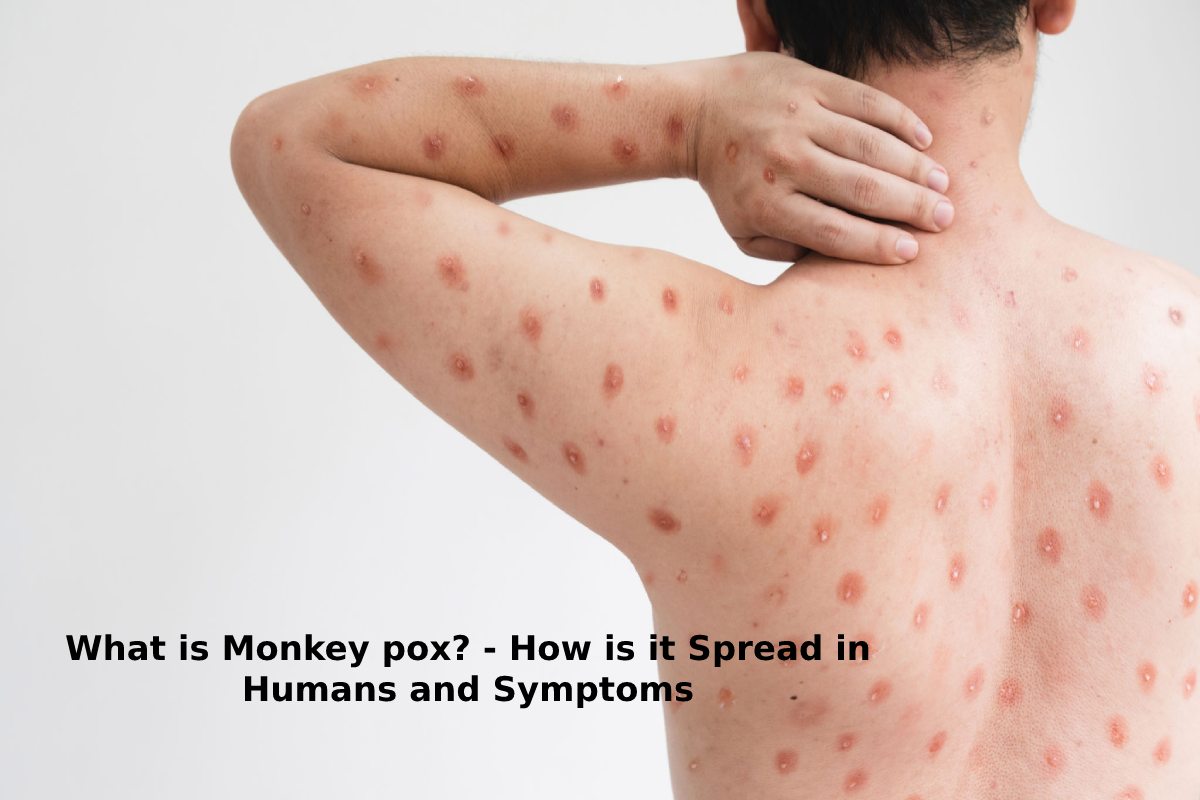Table of Contents
Introduction
It is a disease affected by a virus known as monkey pox. It is a viral zoonosis that can spread from animals to humans. monkey pox can also spread from person to person. Stimulatingly, the disease is so named because it was identified in a lab in several monkeys in 1958. However, most animals susceptible to contracting the disease and then infecting humans are rodents, such as Gambian giant rats, dormouse, or prairie dogs.
Where is it Usually Found?
Monkey pox is expect in the tropical rainforests of central and western Africa, home to animals capable of transmitting the virus, and is endemic. However, it can occasionally be found in people outside these African regions who may have become infect after visiting.
What are the Symptoms?

Symptoms usually contain fever, severe headache, muscle aches, back pain, lack of energy, swollen lymph nodes, and rashes or sores.
The rash usually begins the first or third day after the onset of the fever. The cuts can be flat or slightly raised, filled with a clear or yellowish fluid, then crust, dry up, and fall off. The number of injuries per person varies from a few to several thousand. The rash tends to look on the face, the palms of the hands, and the soles of the feet. They can also be create in the mouth, genitals, and eyes.
Symptoms frequently last two to four weeks and go away independently without a cure. However, contact your doctor immediately if you think your symptoms may be related to monkey pox. Also, if you have been in close contact with someone with these symptoms or suspect the possibility of transmission, talk to your doctor.
Can People Die from Monkey pox?
In most cases, smallpox symptoms go away on their own within a few weeks. But in some people, they can lead to medical complications and even death. In addition, newborns, children, and immunocompromised individuals may be at risk for more severe symptoms and death from the disease.
Complications in severe cases include skin infections, pneumonia, confusion, and eye infections that can lead to vision loss. Between 3% and 6% of identified cases where monkeypox is endemic result in fatalities. Many of these cases are children or people with other health problems. However, these numbers may be overestimate as claims are limit in endemic countries.
How is Monkey pox Spread from Animals to Humans?
This condition can be transmit to humans if they come into physical contact with an infect animal. The animals that carry this virus can be rodents or primates. The risk of contracting such a disease in animals can be reduce by avoiding unprotected contact with wild animals and incredibly sick or dead animals (including communication with their flesh and blood). It is important to emphasize that all foods having meat or animal parts should be cook, particularly in countries where monkey pox is rare.
How is it Spread from One Person to Another?
People with the disease are contagious with symptoms (usually within the first two to four weeks). You can contract this disease through physical contact with someone who has signed. Rashes, body fluids (such as fluids, discharge, or plasma from skin lesions), and skins are particularly contagious. Contact with substances that have come into contact with the infected person, such as clothing, bed linen, towels, or items such as kitchen utensils, can also be a source of infection.
Ulcers, lesions, or sores can also be contagious as the virus can also spread through saliva. Therefore, we are at high risk of contagion when we live with infected people in our homes or when we do so with sexual partners. Persons who work in health care are also at greater risk.
The virus can also spread from a pregnant woman to the fetus through the placenta or skin-to-skin contact between an infect parent and the child during or after birth.
Is There a Vaccine?
There are several vaccines to prevent smallpox that also offer some protection. A smallpox vaccine (MVA-BN, also known as Immune, Imvanex, or Jynneos) was recently develop and approved in 2019 to prevent monkeypox and is not yet widely available. The WHO is working with the manufacturer of the vaccine to improve access. People protected against smallpox in the past also have some protection.
Is there a Treatment?
Indications often go away on their own without the need for treatment. However, it is essential to take care of the rash, let it dry if possible, or cover it with a moist bandage to protect the area. Avoid touching the sores in your mouth or eyes. Mouth spray and eye drops can be use as long as cortisone-containing products are avoid. In severe cases, vaccine immunoglobulin (VIG), an antiviral drug developed to treat smallpox (Tecovirimat, marketed as TPOXX), was also approve for treating monkey pox in January 2022 and may be recommend.

